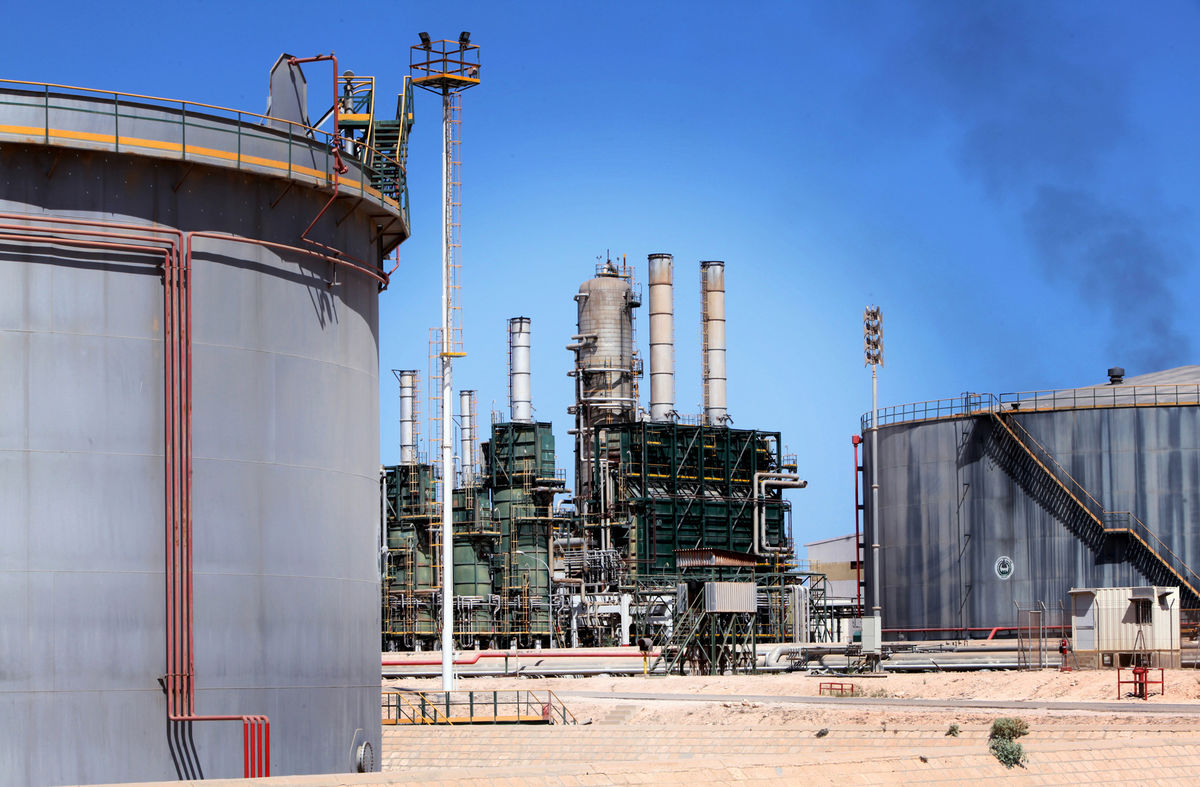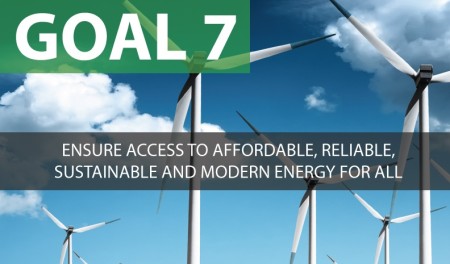According to a 2008 estimate, the Arctic hosts approximately 412 billion barrels of oil equivalent of conventional oil and gas resources. And since then, following the so-called shale revolution and technology improvements, numbers have gone even higher. While the Arctic remains a challenging environment to operate in, it is neither too remote nor necessarily too expensive. As part of its effort to eventually become an independent country, Greenland will launch its first ever onshore oil and gas tender in 2021 — with Chinese giants CNPC and CNOOC already said to be “very interested”.
But the Arctic has much more to offer than hydrocarbons: its potential as provider of green energy, critical metals and innovative concepts that could accelerate the energy transition globally is promising. Rare earths elements (REE) are the prime enablers of the global energy transition and its low carbon technologies and systems. To that end, the Arctic’s rare earth oxides (REO) resources are estimated at 126.76 Million metric tonnes (Mt), which can give the region a key role to play in the global energy transition: there are only 54 deposits in the world estimated to contain more than 500 000 tons of REO.
With 72.26 Mt in estimated REO resources, the Russian Arctic is believed to host the second largest REE potential in the world (after China’s 161.13 Mt). Greenland and the Canadian Arctic, respectively with 41.69 Mt and 14.31 Mt, rank fifth and sixth. Swedish Lapland makes it to the top 10, too. Moreover, there is also a green rent that Arctic countries could develop and benefit greatly from in the next decade: green hydrogen.
Hydropower is well developed in all areas of the Arctic, with more than 80 GW of power installed all across the region and electricity systems dominantly powered by hydropower. The current surplus generated and the still untapped potential in Iceland and Norway actually led both countries to consider producing green hydrogen and develop global supply systems. Japanese and Norwegian fuel cells and hydrogen (FCH) actors already work together on developing green hydrogen solutions based on hydropower and wind electricity.
Beyond resources per se, the Arctic could also be seen as a global energy transition accelerator from an infrastructure perspective. This idea is at the heart of the Global Energy Interconnection (GEI) project: a world-scale electrical smartgrid promoted by State Grid Corporation of China (SGCC) that consists in a network of continent-sized Ultra High Voltage (UHV) electrical grids covering all continents but Antarctica, all interconnected to one another, in the Arctic, by 2050.
But GEI is a long distance prospect and is not supported at this point by any major private and public Arctic stakeholder. Yet, the low tensions between local stakeholders might make the region an ideal candidate to become the main backbone of the whole GEI project. For the time being, GEI provides China with another soft way into the Arctic game — one that involves innovation, norm-setting, inclusiveness and cooperative approaches. For the time being and in the foreseeable future, REE and green hydrogen from the Arctic seem like robust bets for the global energy transition.
‘The Arctic: Critical Metals, Hydrogen and Wind Power for the Energy Transition’ – Editorial by Mikaa Mered – Institut français des relations internationales / IFRI.
(The Editorial can be downloaded here)




